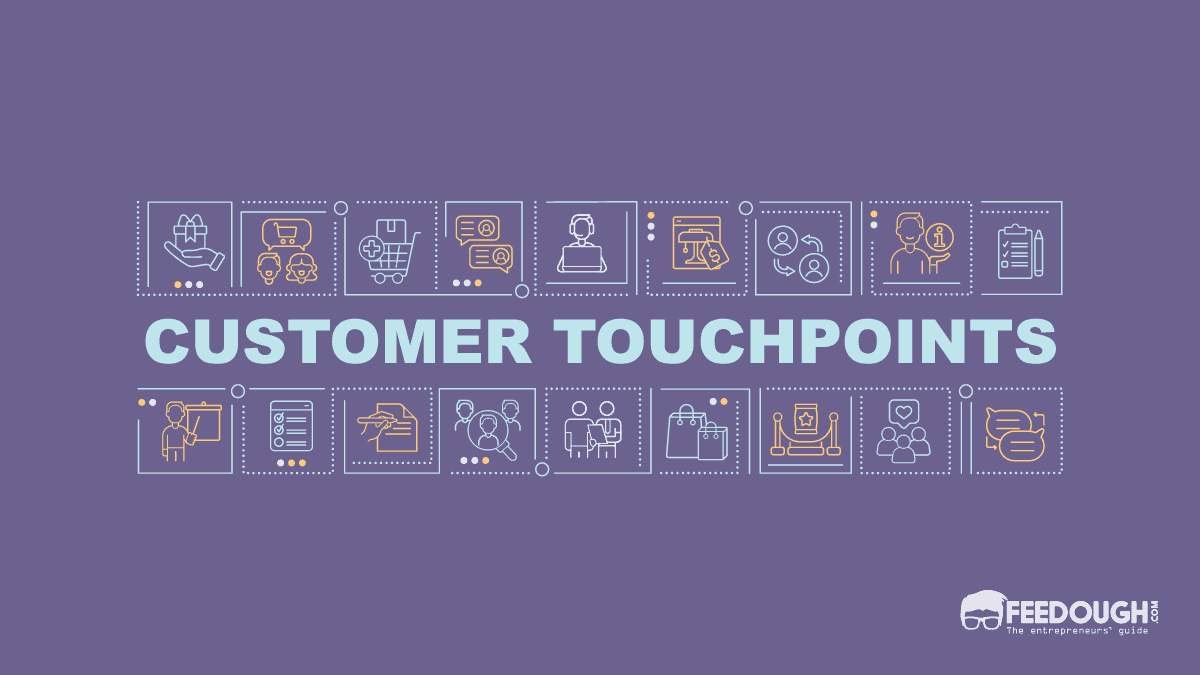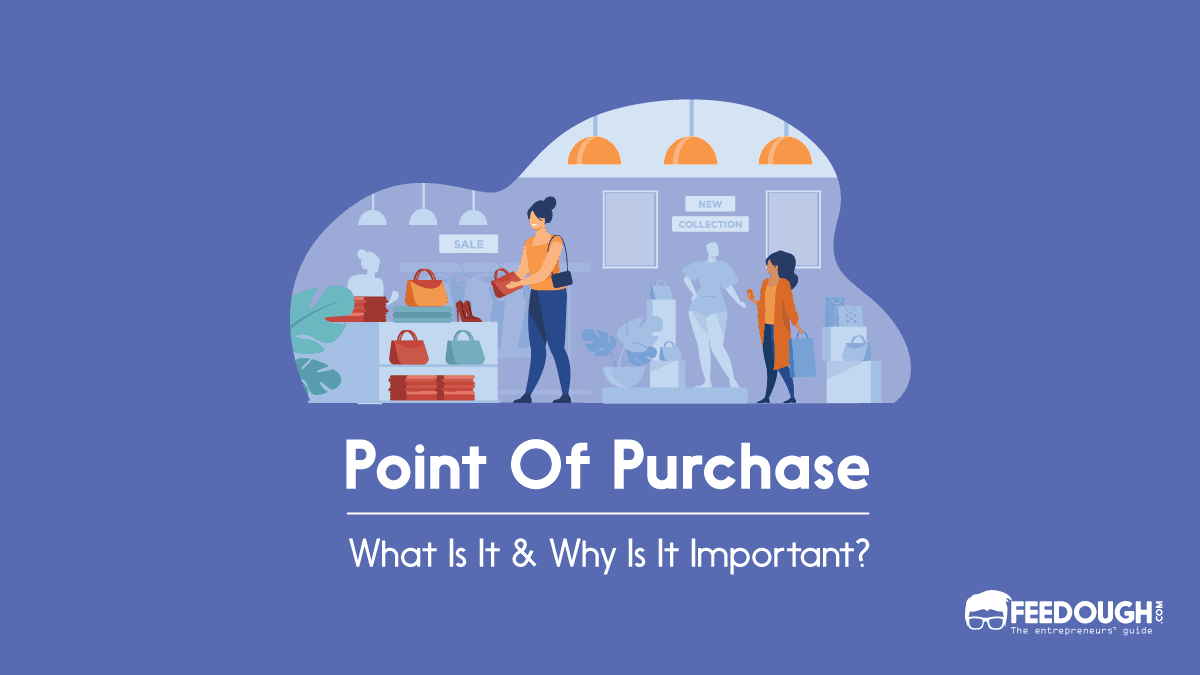Customers are usually relaxed while entering a store, spa or restaurant and tensed at the cash counter or when the bill arrives. Similarly, they don’t give a second thought before adding an item to their Amazon cart but delay buying it for days.
That’s because customers think differently at different stages of shopping. They look for more information in the initial stages, followed by interest and consideration, which doesn’t usually require any monetary payment. The sale or the purchase stage is the actual phase when the customer tends to do their calculation and weigh offering value with the cost they have to pay for it. Hence, a business needs to focus on the final touchpoint that caters to the customer during the sales stage.
This touchpoint is categorised as the point of sale.
What is Point of Sale?
Point of sale is the strategic location where transactions are executed, typically a checkout counter or a virtual payment gate.
In other words, point of sale is the place where customers pay in exchange for products. It is where customers, products and money come together to turn a decision into a purchase. Everything, ranging from cash counters in brick and mortar stores to virtual checkout gates in eCommerce websites, falls under this head.
When understanding point of sale, it is crucial to study point of purchase as well. From a customer’s point of view, point of sale is synonymous with the point of purchase, that is, the place where customers pay for their purchase or sellers get paid for what they sold.
However, from a marketer’s perspective, the point of purchase refers to the area around the checkout counter. It is where businesses showcase their products and execute promotional activities, be it display racks in shops or online product galleries.
Importance of Point of Sale and Its Management
A customer’s mind goes through different stages when shopping, and their psychology is the most vulnerable at the point of sale. This makes POS a strategic location. Effective management at the point of sale can open floodgates to higher sales and revenue.
POS Finalises Deals
Point of sale is where deals are struck. Here, customers pay using cash, cards, discount coupons, loyalty points, etc. An exchange made at the point of sale is called a POS transaction. While consumers make buying decisions all the time, it is here that those decisions turn into a purchase.
Ineffective POS management can leave a bad impression on customers; they may back off or never return. Therefore, managers need to ensure a smooth checkout.
POS Guarantees Visibility
All the customers have to go through checkout. So, anything displayed here has higher visibility than the rest of the store (physical or virtual). When businesses display their products at the point of sale, it is called POS display.
Chocolates kept beside the cash counter in a supermarket, and Amazon’s product recommendations are great examples of POS display.
POS Is An Excellent Marketing Touchpoint
Promoting something at the point of sale is called POS marketing. Marketing is all about understanding consumers’ psychology. By the time customers head for checkout, they are mentally exhausted from making all the buying decisions and are more prone to compulsive purchasing. Also, they don’t want to miss anything out, so they tend to buy necessities, edibles and forgettable items like batteries impulsively.
A slight nudge in the form of promotional videos or even suggestions can boost a business’s revenue manifold. For instance, McDonald’s asks anyone who buys a burger if they want to switch to a combo. This drives up their revenues.
POS Is A Point Of Service
Businesses need to provide excellent service to retain customers and ensure loyalty among them. Point of sale is the last place a customer visits while shopping. It gives sellers a chance to win customers’ trust and determines whether they will return or not. Conversations, offers and loyalty programmes are some ways to go about customer relationship management.
Changes in Point of Sale Management over the Years
In traditional retail stores, hotels or spas, employees assist customers during checkout. They talk to them, assist transactions and try to form a healthy relationship. They must ensure loyalty and retention among the customers.
Not long back, they processed transactions manually using calculators and cash registers. However, electronic POS systems have come into mainstream usage of late. They help businesses provide services and drive revenues with ease. Since technology has simplified the tedious task of creating sales reports and managing inventories, managers now have more time to focus on other tasks at the point of sale like marketing and building customer relations. Growing competition increased the need for customer relationship management (CRM), which is best handled at the point of sale.
Nowadays, people prefer shopping online rather than carving time out of their schedule to buy daily items. This places eCommerce websites under the obligation of providing a smooth purchasing experience. Therefore, Virtual POS software interfaces have come into being to streamline the most hassled part of online shopping, the checkout.
Quite many physical stores and virtual stores use POS software to manage work around the point of sale efficiently.
Modern POS Systems
A point of sale system is the combination of all electronic and non-electronic items required at the point of sale to process transactions and keep records. Display screens, barcode scanners, cash registers, printers, and software interfaces form a point of sale system.
POS systems tend to increase the efficiency at the point of sale and streamline the whole business. Whether the point of sale is in a physical store or is present virtually, POS systems are deployed to assist management. When a system handles and records customers’ data well, businesses can build better relations with them through regular mails, personalised advertisements and loyalty programmes. When a system tracks and analyses customers’ choices, managers can easily suggest the right products just before checkout to drive sales through suggestive marketing. When a system streamlines the otherwise chaotic and tedious jobs, stores ensure better service to their customers.
Understanding Physical and Virtual POS Systems
Physical POS Systems
Physical POS systems are deployed in physical stores, restaurants, spas and other brick and mortar businesses. From heavy computer systems to cloud-based software interfaces, they come in varied forms. However, the essential components of a physical POS system are –
- POS Hardware – All the physical electronic equipment of a point of sale system form the POS hardware. Custom-made for their specific software, the point of sale hardware includes all the input and output devices, from barcode scanner to printer.
- POS Software – It is the software component of a POS system. Just like a phone runs on iOS or Android, POS hardware runs on POS software that stores product details, inventory information and maintains the record. A point of sale software can be cloud-based, mobile-based or traditional (computer system based).
- POS Terminal/ POS machine – POS terminals, also known as POS machines, are the payment accepting devices that execute card payment. A POS machine may or may not be integrated with the POS software, but it is advisable to do so for smoother management. Modern POS terminals are also equipped to read other payment channels like Google Wallet and Apple Pay.
Virtual POS Systems
Virtual POS is the software deployed by eCommerce websites to facilitate card transactions. It simplifies point of sale transactions which are executed using debit and credit cards.
Online stores offer people the comfort of shopping at leisure. However, about 67.4% abandon the checkout. Of these, 10% do so because of lengthy checkout processes. Ensuring a smooth customer experience is crucial to eCommerce websites and virtual POS systems are a good way to guarantee that.
With upgradation coming in every day, businesses can easily be efficient at the point of sale. POS systems help secure loyal customers and generate revenue. However, managers and employees’ job is to devise an effective point of sale strategy and execute it to meet the business’s development goals. Vigilance and efforts are all it takes to sustain a business.
Go On, Tell Us What You Think!
Did we miss something? Come on! Tell us what you think about our article on Point of sale in the comments section.
A finance enthusiast, literature beau and lifelong learner. Working her way up the success ladder and her personal philosophy textbook, Kavvya believes that a good conversation is worth more than a good book. When not working, she can be found reading, writing and engaging in long walks.







![What Is Upselling? How To Upsell? [Detailed Guide] UPSELLING](https://www.feedough.com/wp-content/uploads/2018/05/UPSELLING-20.webp)
